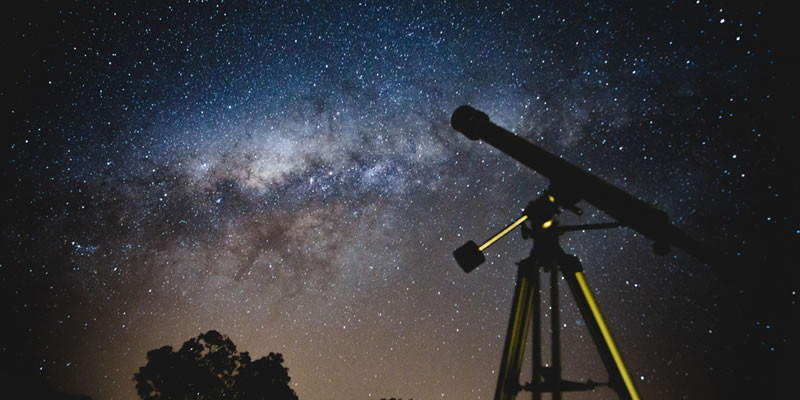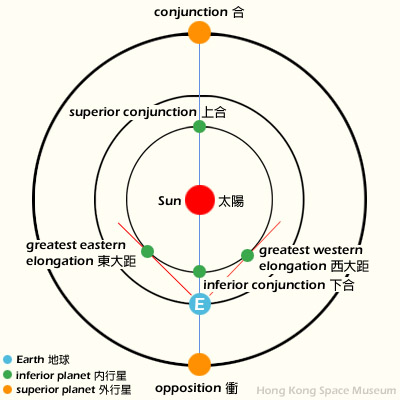 Web Content Display
Web Content Display

Observation Skills
Tab Menu
 Web Content Display
Web Content Display
The ecliptic is the path followed by the Sun across the celestial sphere in the course of a year. The ecliptic coordinate system is defined as one which uses the ecliptic and the vernal equinox as the zero point. The ecliptic longitude of a body is the angular distance (from 0° to 360°) from the vernal equinox, measured eastwards along the ecliptic to the intersection of the body's circle of longitude. It is usually used to give the positions of the sun, moon and planets.
 Web Content Display
Web Content Display

The alignment of two bodies in the Solar System so that they have the same ecliptic longitude as seen from the Earth. An inferior planet is in superior conjunction when in line with the sun and the Earth and on the far side of its orbit with respect to the latter; when it lies between the sun and the Earth it is said to be in inferior conjunction. Conjunction may also occur between two planets, or between the moon and a planet or the moon and the sun.
 Web Content Display
Web Content Display

The moment at which a body in the Solar System has an ecliptic longitude differing from that of the sun by 180°, so that it lies opposite the sun in the sky and crosses the meridian at about midnight. Although the inferior planets cannot come to opposite, it is the most favourable time for observation of the other planets since they are then observable throughout the night.
 Web Content Display
Web Content Display

The angular distance between the sun and a planet or the moon. It is also the difference in ecliptic longitude between the sun and other celestial objects. When an inferior planet follows the sun in its daily motion, appearing east of the sun in the evening, it is in eastern elongation. When it precedes the sun, appearing west of the sun in the morning, it is in western elongation. The greatest elongation for both eastern and western elongation varies from 18° to 28° (Mercury) and from 47° to 48° (Venus).
 Web Content Display
Web Content Display
Complete or partial obscuration of an astronomical object by the moon or a planet. The precise timings of occultations provide information about planetary atmospheres, the dimensions of extended visible, radio, and X-ray objects, and the positions of objects.
 Web Content Display
Web Content Display
Due to the rotation of the Earth, celestial objects rise in the east and set in the west. From the observer's point of view, it is called rise when the object passes the horizon ring from below to above, and it is called set vice versa. Some stars do not rise and set.
 Web Content Display
Web Content Display
The meridian circle is a circle is a circle that passes through the zenith, nadir and celestial poles. A celestial object will reach its highest position when passing through the semi-circle which includes the zenith and the nearest celestial pole, and this phenomenon is called upper culmination. On the contrary, an object reaches its lowest position when passing through the semi-circle which includes the nadir and the nearest celestial pole, and this phenomenon is called lower culmination.
 Web Content Display
Web Content Display
The twilight before sunrise and after sunset is due to the scattering of sunlight by the atmosphere. The time of begining and end of twilight depends on the local geographic and climate conditions. The best time for stellar observation is after the end of evening twilight and before the begining of morning twilight.
 Web Content Display
Web Content Display
Changed of Moon phases are brough about by the non-self-luminosity and the opacity of the Moon. As the Moon is a spherical body, sunlight can only illuminate half of the Moon. Viewing from different directions, the Moon will appear to take the shapes of a circle, a semi-circle, a crescent, a gibbous or even completely invisible at all ( when its dark side faces the Earth).
